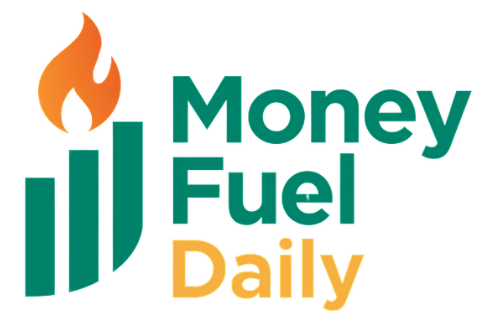“I’ll think about retirement later.” It’s one of the most common—and most costly—phrases in personal finance. In our 20s and 30s, retirement feels like a distant concept, a problem for our future selves. But there’s a force in the universe more powerful than any investment strategy: compound interest. And it’s a force that overwhelmingly rewards those who start early.
Delaying your retirement savings by just a few years can cost you hundreds of thousands, or even millions, of dollars in the long run. The single most impactful financial decision you can make is to start saving for retirement now.
But where do you start? The world of retirement accounts is a confusing alphabet soup of acronyms like 401(k) and IRA. This guide will make it simple. We will demystify the two most powerful retirement accounts available in the U.S. and give you a clear framework to decide which one is right for you.
“I’ll Think About Retirement Later…” – Why That’s a Million-Dollar Mistake
The power of compound interest is simple: the money you earn from your investments starts earning money of its own. Over decades, this creates an exponential snowball effect. A dollar invested at age 25 is vastly more powerful than a dollar invested at age 45. By not starting, you are giving up the most valuable asset you have: time.
What is a 401(k)? (The Employer-Sponsored Powerhouse)
A 401(k) is a retirement savings plan sponsored by an employer. It’s the most common way Americans save for retirement.
How it Works
You contribute a percentage of your paycheck directly to the 401(k) account. These contributions are typically “pre-tax.” This means the money is taken out of your paycheck before income taxes are calculated, which reduces your taxable income for the year. The money then grows over time, and you only pay taxes when you withdraw it in retirement.
The Golden Ticket: The Employer Match
This is the most important feature of a 401(k). Many employers will “match” your contributions up to a certain percentage. For example, a common match is “50% of your contributions up to 6% of your salary.”
This is 100% free money and a guaranteed 50% return on your investment. If your employer offers a match, your number one financial priority should be to contribute enough to get the full match. Not doing so is leaving free money on the table.
What is a Roth IRA? (The Individual Flexibility Champion)
An IRA (Individual Retirement Account) is an account you open on your own, not through an employer. A Roth IRA is a special type of IRA with a powerful tax advantage.
How it Works
You contribute money to a Roth IRA that you’ve already paid taxes on (“after-tax”). The magic is that your money then grows completely tax-free, and when you withdraw it in retirement (after age 59½), those withdrawals are also 100% tax-free.
The Secret Superpower: Flexibility
A unique feature of the Roth IRA is that you can withdraw your contributions (but not the earnings) at any time, for any reason, tax-free and penalty-free. This gives it an added layer of flexibility that other retirement accounts don’t have.
The Core Difference: Pay Taxes Now or Pay Taxes Later?
The fundamental choice between a traditional 401(k) and a Roth IRA comes down to one question: When do you want to pay income tax?
Here’s a simple framework to make the decision.
➡️ The 401(k) is a must-do IF… Your employer offers a match. This is non-negotiable. You should contribute at least enough to get the full employer match. It’s the best return on investment you will ever get.
➡️ A Roth IRA is perfect for you IF… You are early in your career and expect to be in a higher tax bracket in the future. Paying taxes on your contributions now, while your income is relatively low, is a fantastic deal compared to paying taxes on a much larger sum in retirement when your tax rate may be higher.
➡️ The Power Move: Why Not Both? For many people, the ideal strategy is to use both accounts in a specific order of priority:
- Contribute to your 401(k) up to the full employer match. (Don’t miss out on free money).
- Contribute the maximum amount to your Roth IRA.
- If you still have money to save, go back and contribute more to your 401(k) up to its maximum limit.
How to Open a Roth IRA
Opening a Roth IRA is simple. You can do it at any major brokerage. Choosing the right brokerage is a critical first step. To help, we’ve created a detailed guide comparing the best options for beginners. ➡️ In-Depth Comparison: [The Best Brokerages for Beginners in 2025 – https://moneyfueldaily.com/Best-Exchanges-for-Beginners
Conclusion: Your First Step Towards a Secure Retirement
Choosing the right retirement account is a fundamental step in our guide to Shielding Your Wealth. It’s the decision that puts the power of compound interest on your side for the long haul.
Don’t let the acronyms intimidate you. By understanding the simple difference between paying taxes now or later, you can make an intelligent choice that will set you up for a comfortable and secure retirement.
What’s your next step in planning for retirement? Share it in the comments!

